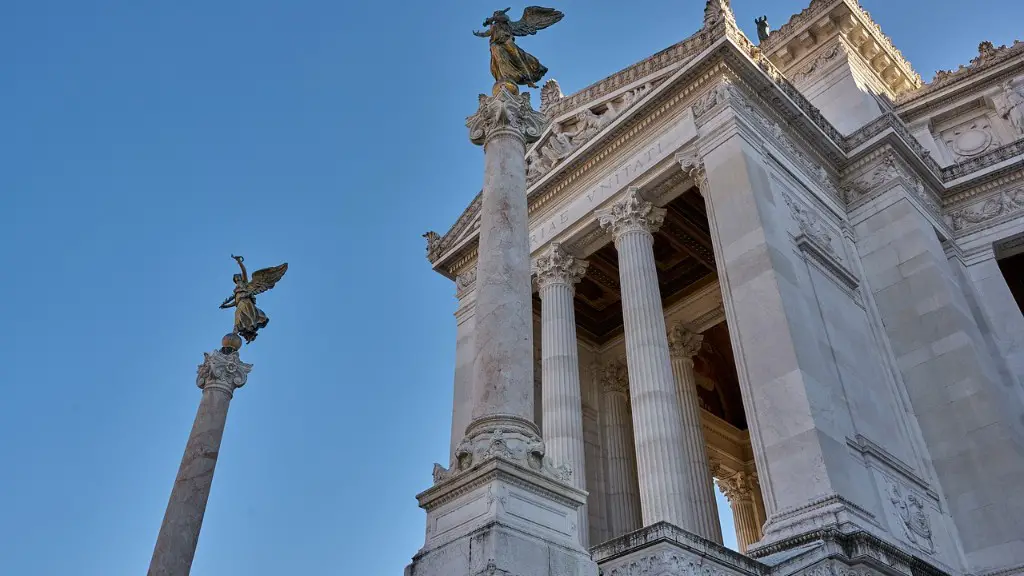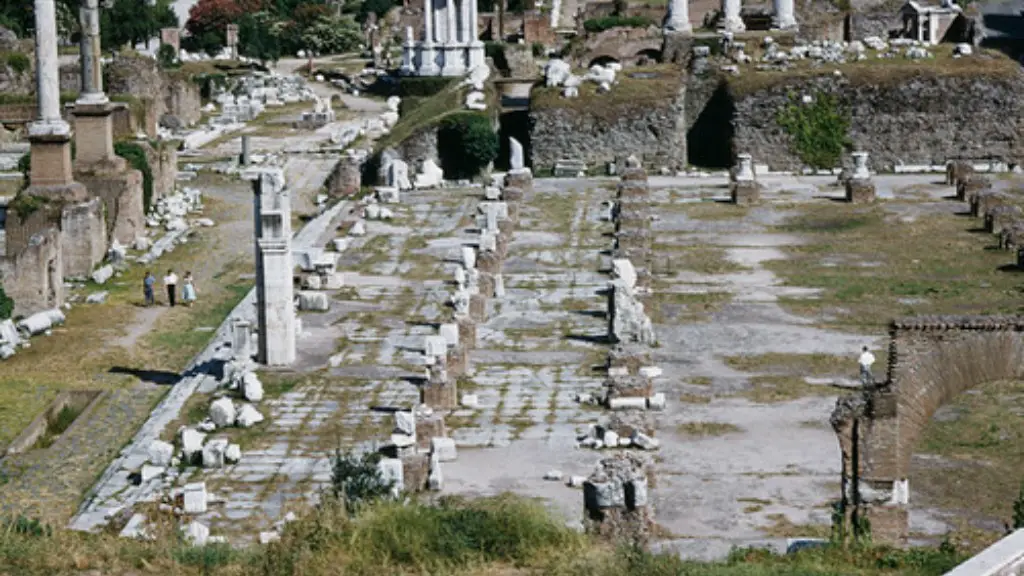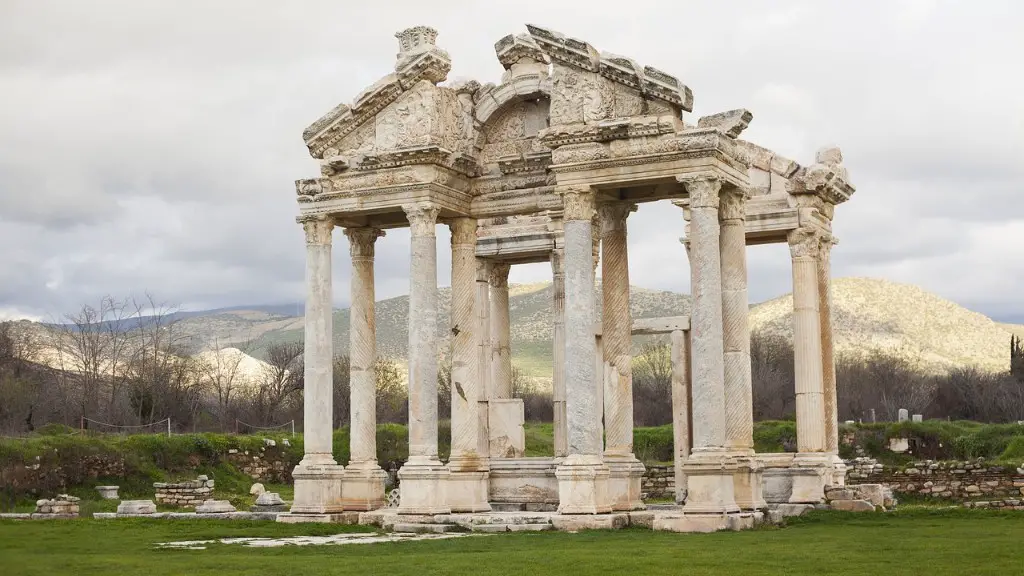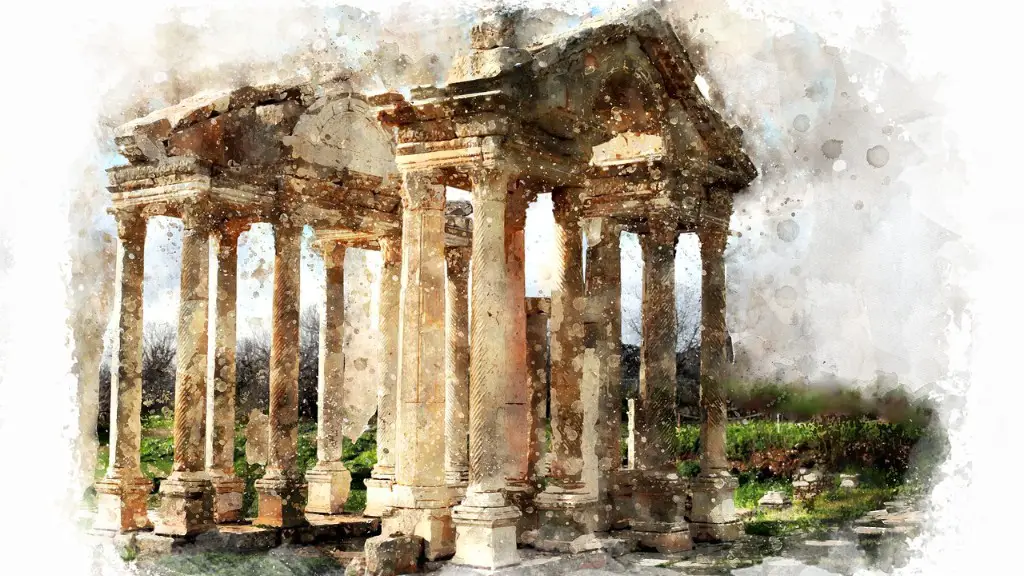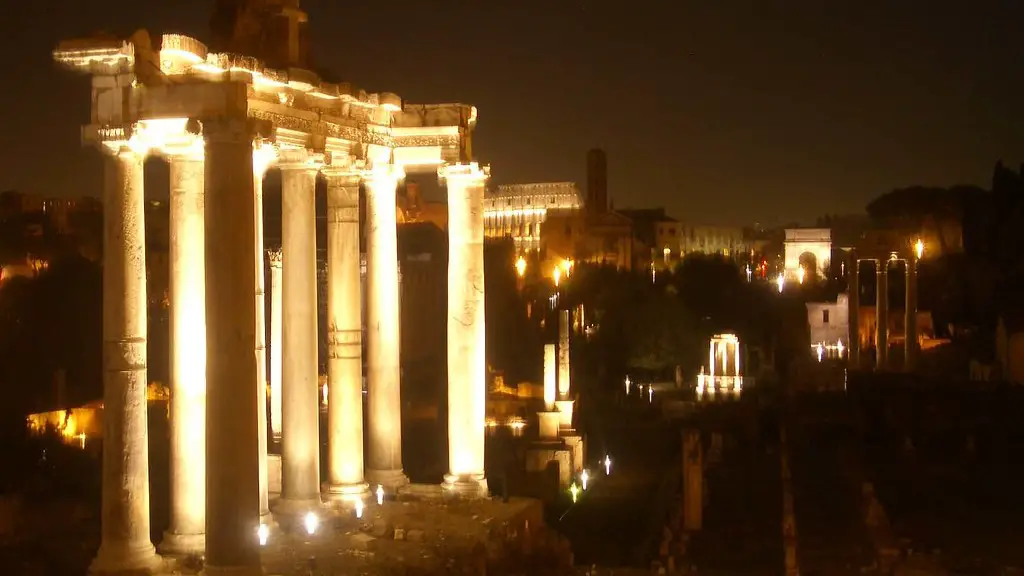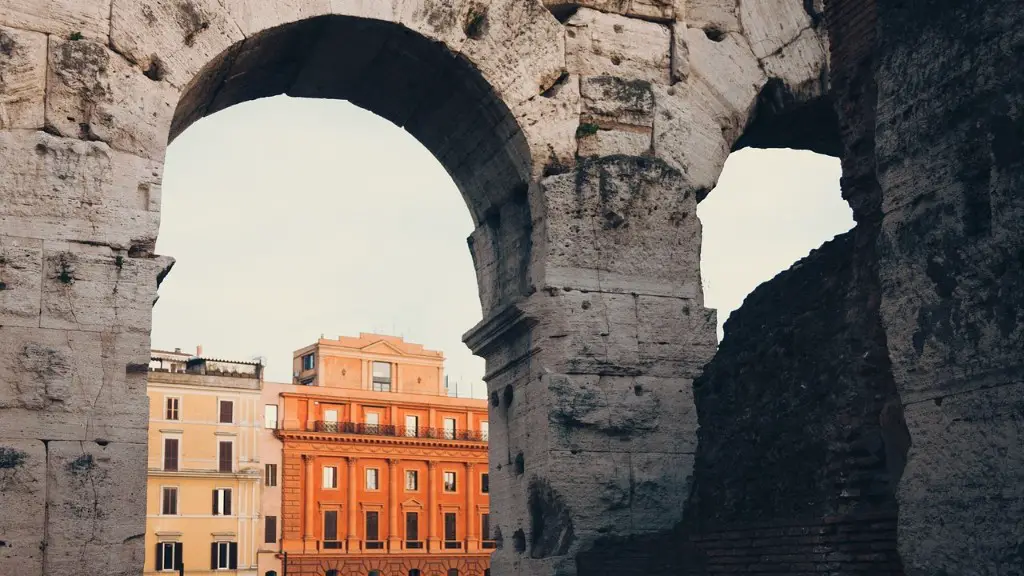Introduction
The population of Ancient Rome at its peak was one of the highest concentrations of people in the ancient world. Despite the lack of reliable sources of data, scholars have formulated estimates based on various evidence which range from well over a million people to over two million. Such a population density would have far exceeded those of most other cities of the time and was made possible by sophisticated systems of government, taxation, and engineering.
Background
Ancient Rome was the capital of the Roman Empire and its population would have been one of the largest in the world at the time. In fact, its population may have reached as many as two million people at its peak. Although the exact number is uncertain due to a lack of reliable sources, estimates for the population of Ancient Rome range from around one million to over two million.
In order to understand why the population of Ancient Rome was able to reach such large numbers, it is important to consider the context in which the city existed. Ancient Rome was the centre of a massive empire that incorporated vast swathes of territory, stretching from North Africa to Central Europe. This allowed the city to draw on a large number of resources, including food, materials and manpower.
The Roman government was also very efficient in its management of the city. Laws and regulations, such as the implementation of a census, were put in place to ensure that resources were managed effectively. In addition, a sophisticated system of taxation ensured that the government had a steady income, allowing them to invest in public services such as public baths and aqueducts.
The engineering works undertaken in Ancient Rome also played a crucial role in supporting its large population. Roads, bridges, aqueducts and other public works were constructed to carry goods, move people and supply water to the city’s inhabitants.
The development of a complex trading network allowed goods and resources to be transported quickly and easily over long distances, further increasing the population of Ancient Rome.
Statistics & Facts
It is estimated that during the reign of Augustus, the first Roman emperor, the population of Rome was around one million. This figure rose to 1.5-2 million during the 2nd century AD and by 400 AD the population of Rome had dropped to around one million.
The population density of ancient Rome was also significant. It is estimated that it was around 80 people per acre, making it far more densely populated than most modern cities.
The city housed a wide range of people from all parts of the empire. Slaves, laborers and plebeians lived alongside the Roman aristocracy and the upper classes, who made up only about 10% of the population.
The city was also home to a large number of immigrants from all over the Mediterranean region and the rest of the empire. This vibrant mix of people and cultures played an important role in the development of the city and its culture.
Analysis
The population of ancient Rome at its peak was one of the largest and most diverse in the ancient world. This was made possible by a sophisticated system of government, taxation and engineering, which allowed the city to support a large and dynamic population. The population may have been as high as two million people and had a density of 80 people per acre, far greater than most modern cities.
In addition to its large population, the city was home to people from a wide range of backgrounds. Slaves, laborers and plebeians lived alongside the upper classes and immigrants from all over the empire, creating a vibrant and diverse culture.
The population of ancient Rome was not only large but also dynamic. As the city grew and changed, so did its population, reflecting the changes in the empire and the wider world.
Urban Planning
The urban planning of Rome was a key factor in supporting its large population. Roman engineers developed a large network of roads and bridges which allowed the rapid transport of goods and people across the city. The aqueducts which supplied water to the city were essential for sustaining the population and allowed for the construction of public baths and other public works.
The Roman government also implemented various laws and regulations to ensure that resources were managed effectively and to keep public order. This included the imposition of a census which allowed the government to keep track of the population and its needs.
Social Structure
The social structure of ancient Rome was highly stratified. The upper classes were wealthy and held the most important positions in society, while the lower classes were made up of plebeians, laborers and slaves. This system was enforced by the Roman government and was essential for maintaining order and stability in the city.
Despite the high levels of inequality, Ancient Rome was an incredibly diverse society. This was not just due to its large population, but also because of its open attitude to immigration. Immigrants from all over the Roman Empire and the wider Mediterranean region contributed to the culture and development of the city.
Legacy & Impact
The population of ancient Rome had a huge impact on the development of the city and its culture. Its large and diverse population was an essential part of the city’s growth and allowed it to become one of the largest and most powerful cities in the ancient world.
The population of Ancient Rome also had a lasting legacy on the Roman Empire and the wider world. Its engineering works, laws and regulations were used as the basis for many of the urban planning principles used today and its social structure was adopted by many other societies.
Economic Structure
The economic structure of the ancient Roman state was highly complex. The upper classes had almost total control of the economy and most of the wealth was concentrated in their hands. The Roman government also imposed various taxes on the population in order to generate revenue for public works and services.
However, despite this disparity, the economy of Ancient Rome was open to all. Trade was vibrant and there were opportunities for people from all walks of life to succeed. This diversity was essential for the city’s continued growth and prosperity.
Conclusion
The population of Ancient Rome was one of the largest in the ancient world. Estimates of its peak population range from one million to two million people, living in a city of remarkable complexity. This population was made possible by advanced systems of government, taxation and engineering, which enabled a vibrant and diverse culture to flourish.
